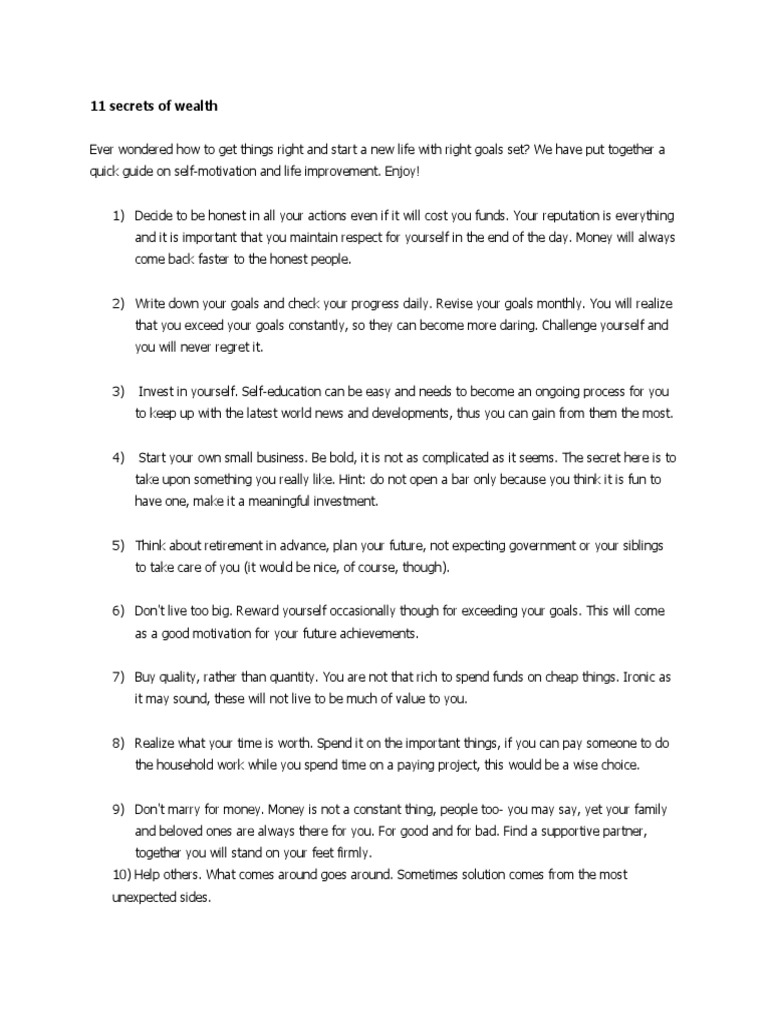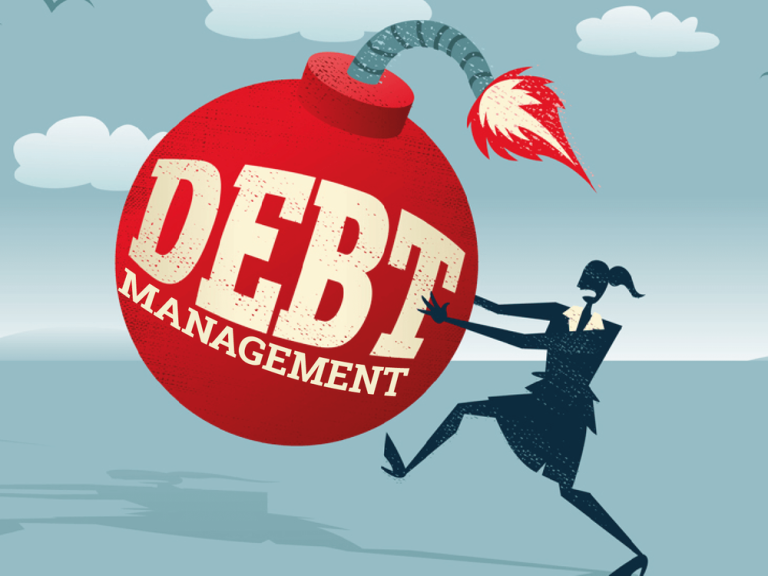Managing risk in personal finance is a critical skill that can significantly impact your financial stability and future security. As we navigate through the complexities of the modern financial landscape, understanding how to effectively manage and mitigate risk is essential for anyone looking to build wealth and secure their future. In this post, we will explore the various facets of risk management within personal finance, including strategies, tools, and essential tips to master this vital component of financial literacy.
Understanding the Importance of Managing Risk in Personal Finance
Risk is an inherent part of life, and when it comes to finances, managing risk is not only about preventing losses but also about optimizing opportunities for growth. Individuals often encounter risks associated with investments, loans, insurance, and even everyday spending. Therefore, taking a proactive approach to managing risk in personal finance can lead to better decision-making and a more secure financial future.
The Fundamentals of Managing Risk in Personal Finance
To effectively manage risk, it’s crucial to start with a solid understanding of the types of risks you may face. Here are some fundamental concepts of managing risk in personal finance:
- Investment Risk: This includes the potential for losing money or not achieving the desired return on your investments.
- Credit Risk: The risk of defaulting on debt obligations, which can impact your credit score and borrowing ability.
- Market Risk: The risk of losses due to market fluctuations, essential for investors to understand in order to strategically manage investments.
- Life Events Risk: Unexpected life events such as job loss, health issues, or accidents can derail financial plans and savings.
Utilizing a Risk Management Strategy in Personal Finance
Creating a robust risk management strategy for personal finance involves a step-by-step approach. Start by identifying your individual risk tolerance, which is the amount of risk you’re willing to take on relative to your financial goals and circumstances. Factors influencing your risk tolerance include your age, income, financial goals, and existing assets.
Risk Assessment Toolkit
Once you understand your tolerance for risk, it’s time to assess your current financial situation. A risk assessment toolkit can help you evaluate your finances more effectively. Here are some essential elements to consider:
- Net Worth Statement: Calculate your net worth to understand the balance between your assets and liabilities.
- Income and Expense Analysis: Review your income sources and monthly expenses to identify areas where you can save or optimize spending.
- Debt Analysis: Evaluate your current debt levels, types of debt, and repayment schedules to develop a clear strategy for managing credit risk.
Implementing Protective Measures: Insurance and Emergency Funds
One way to manage risk in personal finance is through protective measures like insurance and building an emergency fund. These tools can help mitigate potential financial impacts from unexpected events.
Insurance as a Risk Management Tool
Insurance is a vital component of risk management in personal finance. By transferring risk to an insurance provider, you can protect your assets and financial well-being. Here are some types of insurance to consider:
- Health Insurance: Vital for covering medical expenses and protecting against high healthcare costs.
- Auto and Home Insurance: Protects against losses related to accidents, damages, or theft.
- Life Insurance: Provides financial security for your dependents in the event of your untimely passing.
Building an Emergency Fund
Establishing an emergency fund is critical in managing risk in personal finance. This fund acts as a financial cushion, providing a sense of relief in times of crisis. Aim to save three to six months’ worth of living expenses in a separate, easily accessible account to cover unanticipated costs like medical emergencies, job loss, or home repairs.
Investment Strategies for Managing Risk in Personal Finance
Diversification: A Key Principle
Diversification is a fundamental strategy for managing risk in personal finance. By spreading investments across different asset classes—stocks, bonds, real estate, and commodities—you can reduce the potential negative impact of a single investment’s poor performance on your overall portfolio.
Additionally, consider diversifying within asset classes as well. For instance, when investing in stocks, include a mix of sectors (technology, healthcare, consumer goods) and geographical regions (domestic and international) to further mitigate risks.
Understanding Investment Vehicles
Familiarity with various investment vehicles is essential for managing risk effectively. Stocks, bonds, mutual funds, ETFs, and real estate each come with unique risk profiles. Therefore, it’s essential to match your investments with your financial goals and risk tolerance level. For example, younger investors might choose a more aggressive portfolio to capitalize on compounding growth, while those nearing retirement might lean towards more conservative investments to preserve capital.
Monitoring and Adjusting Your Financial Plan
Risk management in personal finance is not a one-time effort; it requires ongoing monitoring and adjustments. Regularly review your financial situation, investment performance, and risk exposure to ensure that your strategy remains aligned with your goals and circumstances. Consider setting a schedule, such as quarterly or annually, to reassess your financials and make any necessary updates.
Educating Yourself on Financial Literacy
One of the finest methods to enhance your ability in managing risk in personal finance is through continuous education. Familiarize yourself with financial concepts, investment strategies, and market trends through books, online courses, or financial blogs. The more you know, the better equipped you’ll be to make savvy financial decisions, react to market changes, and effectively manage risk.
Conclusion: Mastering the Art of Managing Risk in Personal Finance
Mastering the art of managing risk in personal finance is not just about avoiding losses—it’s about creating a framework for financial growth and security. By implementing a structured approach to assessing risk, investing wisely, obtaining proper insurance, and educating yourself continuously, you can build a resilient financial future. Remember, informed decisions and proactive measures are key to successfully managing the inevitable risks that come with personal finance.
Explore More: Risk Management in Personal Finance
Embrace the journey of financial mastery today by applying the principles of risk management discussed in this post. Take charge of your financial future, and watch your wealth flourish!



